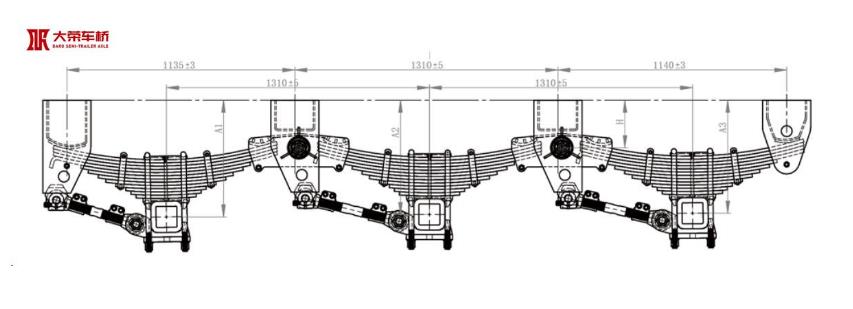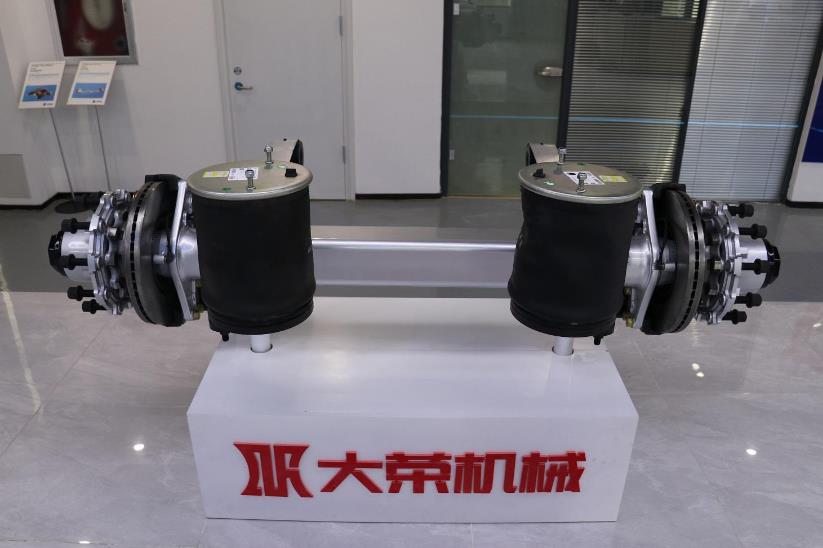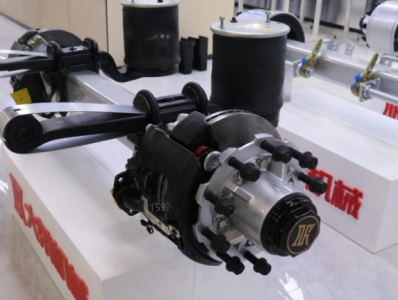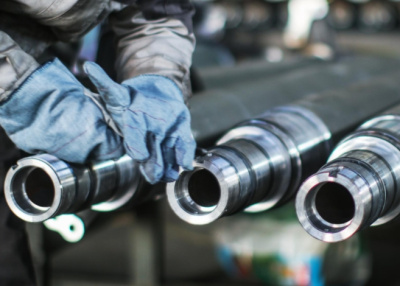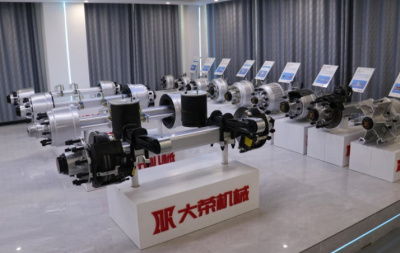Is plastic leaf spring reliable for pulling goods?
Vehicle lightweight is one of the popular keywords in the automotive industry in recent years. It not only helps to save energy and reduce emissions, conforms to the trend of environmental protection, but also brings many benefits to car owners, such as more loading capacity, less fuel consumption, better handling, and higher comfort.
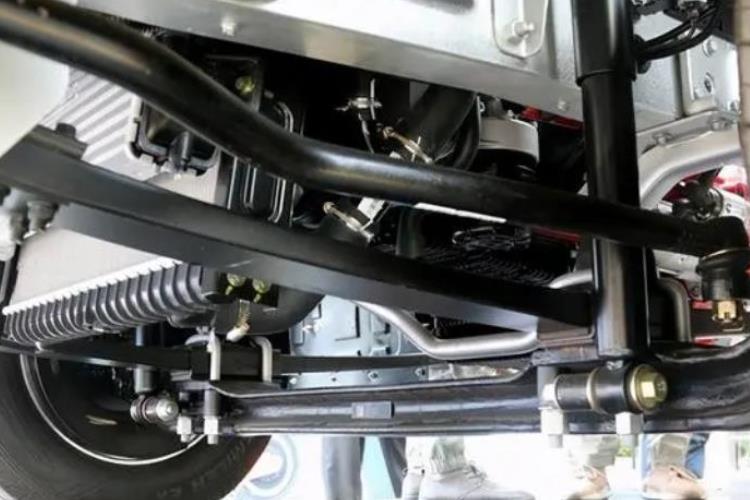
In order to pursue lightweight, the industry can be said to have hollowed out ideas, from car bodies, beams, upper fittings, to axles, tires, leaf springs, etc., all are studying how to obtain lighter self weight. As a result, plastic leaf springs have emerged.
According to relevant data, the total weight of plastic leaf springs (including metal joints) is about 50% of that of leaf spring, which can greatly reduce the deadweight of vehicles.
Can it be light or light? How much weight does it bear? Many car owners feel a drumming sensation when they see such a leaf spring: can it withstand a load of several tons, even tens of tons? Can it last for a year if encountering a bad road?
The advantages of plastic leaf springs are obvious
In fact, although this type of leaf spring is essentially plastic, it is not a traditional plastic. It is a composite material, officially called "polyurethane matrix resin glass fiber reinforced leaf spring", which is synthesized by a certain process of reinforced composite fibers and resin matrix.
Perhaps this may sound quite obscure, let's take an example: for example, cement boards used in building materials, composite fibers are like steel bars in cement boards, providing strength and certain tensile properties, while resin matrices are equivalent to cement, protecting the steel bars while also making the cement board more sturdy, which is not a big problem for general transportation.
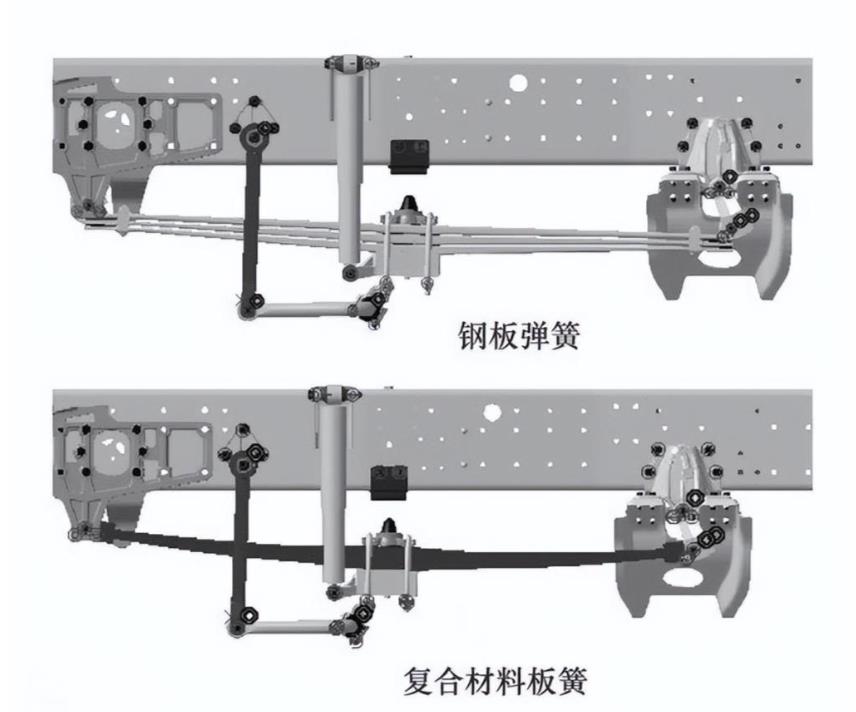
In addition, plastic leaf springs are not an emerging product and have been widely used in the field of passenger cars, such as sedans and SUVs. Some lightweight trucks, heavy trucks, buses, and trailers in foreign countries have also been applied.
In addition to the self weight advantages mentioned earlier, it also has advantages such as good shock absorption effect, high stress intensity coefficient, strong fatigue resistance, and long service life, which can greatly reduce users' comprehensive vehicle costs.
Can plastic leaf springs replace steel plates?
It can be said that the development prospects of plastic leaf springs are still relatively broad, but it is probably a long way to go to achieve large-scale application in domestic commercial vehicles. The principle that 'scarcity is precious' has always been the same. In the current environment of continuous decline in shipping costs, simply being expensive may persuade many car owners. Moreover, plastic leaf springs not only have high pre installation costs, but also have issues with subsequent maintenance and replacement. Both parts and technology are relatively scarce in the current market.
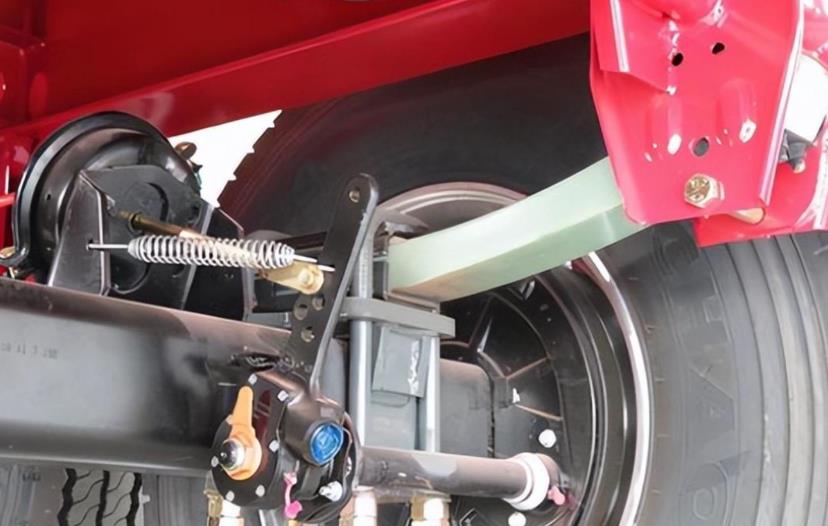
From the strength point of view, although the plastic leaf spring does play a unique advantage in some standard load transportation conditions that are sensitive to the vehicle's dead weight, it may not be known whether the plastic leaf spring can maintain the same load bearing capacity as the leaf spring or maintain the same excellent performance as the experimental data in the field of heavy load transportation, especially in the face of complicated transportation road conditions in China.
If the car owner chooses a plastic leaf spring, remember not to overload or exceed the weight limit during use. Once the thickness and fiber layer of the leaf spring are exceeded, it is still very dangerous, after all, leaf spring fracture is not a small matter. As for heavy-duty vehicles, when choosing suspension, it is still necessary to consider the actual situation comprehensively, after all, the selection of any component must start from safety, and reliable strength is the most important.
